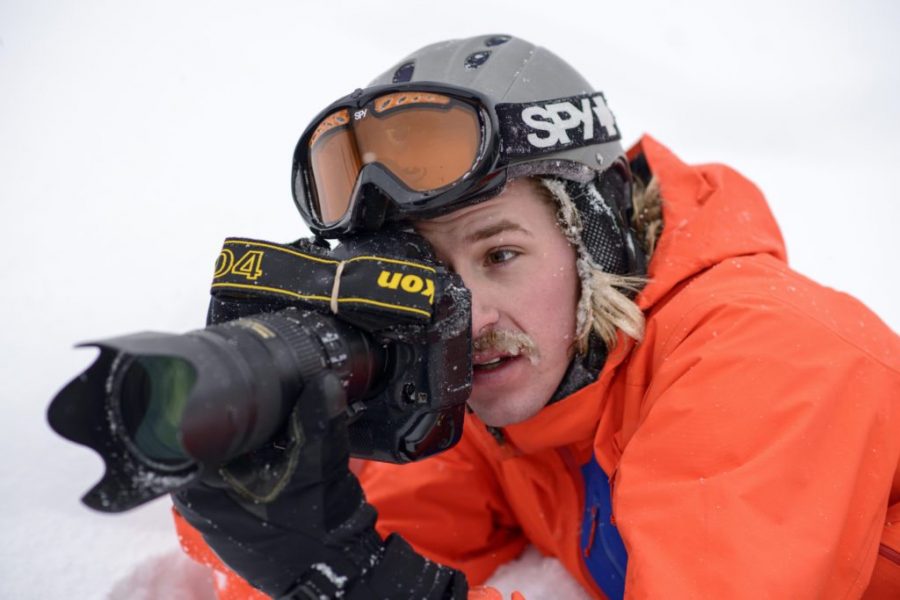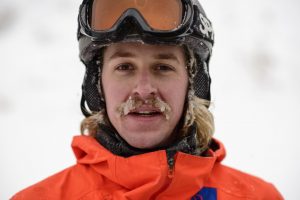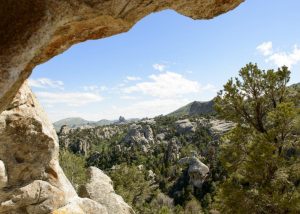
Holding your camera firmly in both hands, you kneel against a fence to stabilize your body. You have steadied your breathing and can feel each and every heartbeat pulsate through you like a lightning bolt. In front of you is a picturesque scene that you want to capture. Alone, with nobody to consult, you look through the viewfinder and envision the photograph you are about to take. In your mind, the image is in the same ballpark as Ansel Adams, a legendary pioneer of adventure photography. You take the shot. You move on.
When you look over the photo later, you realize to your dismay that the image you got is nowhere near that of the great Mr. Adams. Why is that? Why was the image that you mentally created nowhere near the final result?
There are many reasons this could happen.
Check your camera settings.
Was the camera in auto exposure mode? Were you letting the camera think for you? Were you using a telephoto zoom lens when the scene you wanted to capture was wider angle? Did you have a fast shutter speed when you wanted to capture more of a motion blur? The list goes on and on. The truth is that there is no fail-safe method to avoid this every time, since you are human and will always be susceptible to mistakes. Over time, though, you can become familiar with which settings work best for where, and remember to change everything accordingly.
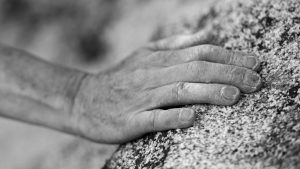
Have your camera with you always.
Be on your toes at all times, constantly shooting less-thrilling moments to be ready, camera in hand, for that one perfect shot you will never get again. Let’s say you are backpacking in the mountains and it has been raining all day. Your feet are wet, and you can feel blisters threatening to form. Every step you take is agonizingly painful. All you want to do is stop and wait out the storm. The camera you brought with you is not weather resistant, so you haven’t taken it out. The rain turns into a torrential downpour and you need to set up shelter to wait out the storm. While it might feel like there is nothing to shoot at this point, this is actually the perfect opportunity to take your carefully protected camera out and photograph everything you can.
Leave your comfort zone.
When you are the most uncomfortable, you will be able to capture difficult scenes that you would have otherwise never have imagined. You will grow from the experiences of intense discomfort, which will often get you great photos and improve your skill level in any outdoor adventure.
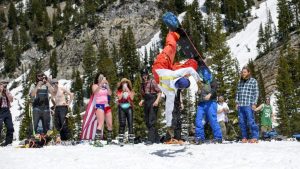
Change your perspective.
The average height of an adult male is around 6 feet and the average height of a female is 5-foot-4. I would estimate that 95 percent of photographs that are taken are shot at or near the eye level of either of these heights. One very simple way to set yourself apart from the majority of photographers is to change your perspective. Try and find a vantage point where you can look down on your scene, or better yet lay on the ground and look up at your subject. Just by changing your perspective you will add more life to the images you capture.
Practice, practice, practice.
The moral of the story really is practice makes perfect. If you bring your camera with you and really want to get better at photography, try using different lenses in all types of situations. If you see other photographers at a national park, ask them what lenses they are using, and what kind of results they usually get. Being open to new ideas and experimenting constantly will undoubtedly improve your camera skills, getting you a few great shots in the meantime.
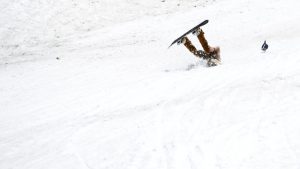
Remember, when you are out photographing, be considerate of other photographers. You don’t want to ruin another individual’s photographs as you wouldn’t want them to ruin the shot you are trying to take. Happy shooting.
Header photo by Peter Creveling.


